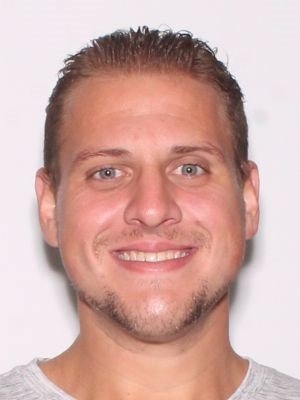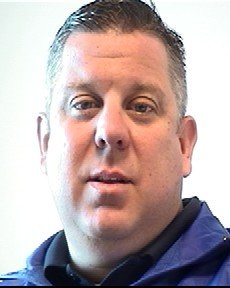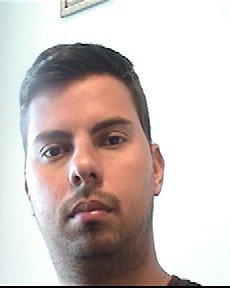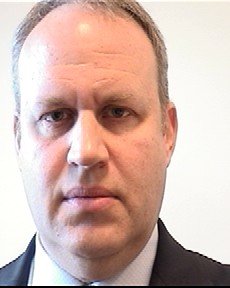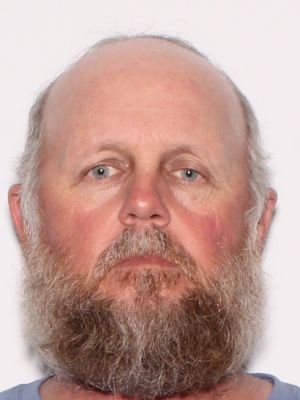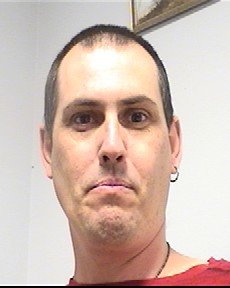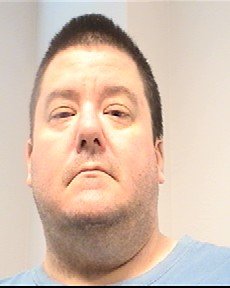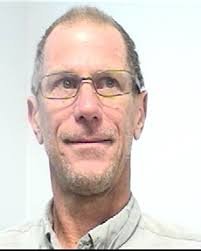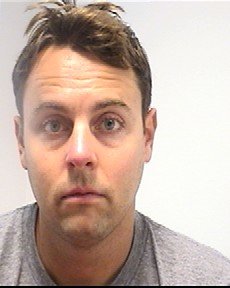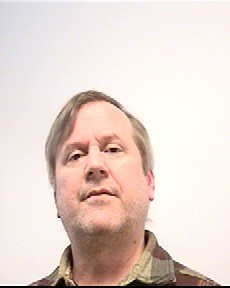SJSO clarifies misconceptions regarding sexual offenders/predators in community
In early May, the Ponte Vedra Recorder reported on Ryan Peirson, 30, of 661 Ponte Vedra Blvd., who allegedly used the social media platform Snapchat to try to lure a 15-year-old girl to his home. Peirson, who had no prior arrests for deviant sexual misconduct, may be registered as a sexual offender pending his trial.
Currently, the St. Johns County Sheriff’s Office’s (SJSO) Offender Watch identifies about 10 sexual offenders and predators in the 32082 and 32081 area, not including Peirson. According to a recent Office of Program Policy Analysis and Government Accountability (OPPAGA) study, Florida harbors 53% more sex offenders and predators than it did in 2005. SJSO spokesman Chuck Mulligan told the Recorder when it comes to the community’s understanding of sexual offenders and predators, “there is a lot of misconceptions and misinformation out there.”
To start, Mulligan said there is a significant difference in definition and law between a sexual offender and sexual predator. For an offender to get a classification as “predator,” he/she would have to have had multiple offenses or commit a more serious offense by the eyes of the judge and Florida law. With this classification, the predator faces stricter restrictions, including registering with the county sheriff’s department when moving, regardless of whether he/she is on probation. The sheriff then alerts anyone within the 2-mile radius of his/her presence.
When offenders move, Mulligan said, they also will register with the sheriff’s office. The sheriff’s office is not required, however, to send out an alert about offenders moving if they’re not on probation or if their probation doesn’t cover those terms. Part of the reason is the sheer number of registered offenders.
“Quite frankly there is several hundred of them in St. Johns County residing currently,” Mulligan said.
Mulligan makes sure to point out that there isn’t one end-all rule for offenders and predators to abide by, outside of registering with the county sheriff’s office. Factors such as when they were convicted, where they were convicted, by who and whether they’re still on probation, all play into which laws come into place. Residency restrictions such as if an offender can reside within 1,000 feet of any school, childcare facility, park or playground might simply be determined by the fact that they were convicted before a new law was established, he said.
Mulligan stresses that community members should log on to SJSO’s website and register for the Offender Watch system to receive updates on any offenders moving into their area.
In addition to the concern about rising offender/predator populations, Mulligan pointed out that another issue plaguing the county is the individuals facing homelessness.
In the OPPAGA report, OPPAGA stated that sex offenders often have strict housing barriers, which contribute to instability and monitoring difficulties. Florida’s residency restriction laws are strict and often limit available housing, especially in dense urban areas. In fact, neighboring Duval County, the report states, has one of the highest rates of predators and offenders without a permanent address in the state.
Mulligan said that there is an issue in St. Johns County and that he believes it stems in part from prisoners being released without any help from families or friends. In addition, without a support network, he said the recently released prisoners were relying on the information of other offenders for viable addresses to report to the Florida Department of Corrections. One such address was located off State Road 207 in St. Augustine.
“For a while (we) had certain areas of the county which were wooded in a particular corner,” Mulligan said. “There were no homes in the immediate area and all these sex offenders kept moving in there together. So, we had three or four of them living in the same patch of woods.”
The issue with homelessness among sex offenders and predators is so common that places such as “Miracle Village,” in Pahokee, Florida, have been formed as a haven for registered sex offenders. According to a recent BBC article, there are over 200 offenders currently residing there.
While there has been a reported increase of offenders in the state, it should be noted, however, that the occurrence of recidivism in sex offenders has been disputed. The Society for the Psychological Study of Social Issues reported in 2007 that recidivism among sex offenders was actually much lower than commonly believed, with one statistic citing a 5.3% rate among 9,000 offenders over a three-year period. In addition, 93% of child sexual abuse is perpetrated by a person they know, with 34% being family members and 59% acquaintances.
Mulligan also pointed out that community members should be wary about posting fliers or engaging with sex offenders in their neighborhood. Offenders, just like all citizens, have rights against libelous fliers and can sue if misinformation is spread.
Residents looking for more information on this topic can visit https://www.sjso.org/i-want-to/locate-sex-offenders/.
Registered sexual offenders/predators residing in zip codes 32081 and 32082
Source: St. Johns County Sheriff’s Office’s (SJSO) Offender Watch
David Miller (predator): 100 Fairway Park Blvd. 32082 - Endangering the Welfare of a Child, Criminal Sexual Contact (2007); Criminal Sexual Contact (2009)
James Burkes: 2811 ST Tropez Court 32082 - Attempted Lewd or Lascivious on a Child (attempted) (1996)
Jacob Adler: 107 Overlook Drive 32082 - Attempting to Receive Child Pornography (2012)
Bradley Houghton: 508 Rutile Drive 32082 - Lewd or Lascivious on a Child under 16 years (2001)
Jason White: 5 Starfish Place 32082 Sexual - Battery Victim Over 12 Unable to Resist (2009)
Brian Schaedlich: 1502 March Cove Lane 32082 - Unlawful Sexual Activity with Certain Minors (2017)
Storm Lathrop: 611 Ponte Vedra Lakes Blvd. Apt. 704 32082 - Traveling To Meet Minor To Commit Unlawful Sex Offense (2018)
Michael Thompson: 753 Rembrandt Ave. 32081 - Traveling To Meet Minor To Commit Unlawful Sex Offense, Lewd or Lascivious Battery on a Child 12-15 years (2018)
Edward Picard: 605 Picasso Ave. 32081 - Use of computer to solicit or lure a parent or custodian of a child to consent to the child’s participation in sexual conduct, Transmission of Material Harmful to Minors to a Minor (2012)
Shawn McKim (labeled as non-compliant): 201 Cezanne Circle 32081 - Lewd or lascivious conduct victim under 16 years old by offender 18 years or older (2003)


